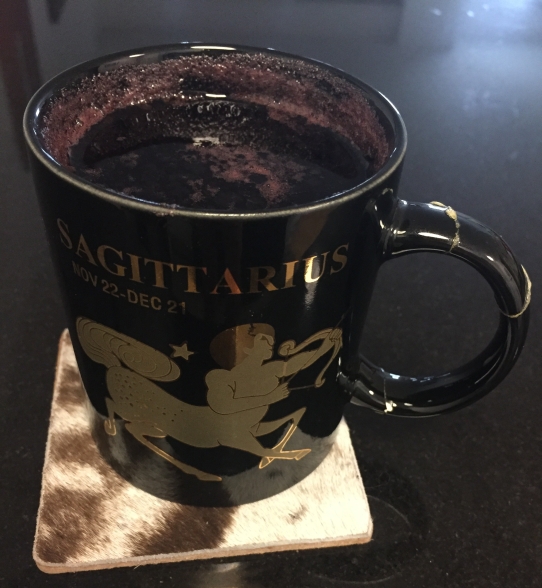Since my last post, I’m excited to announce that I’ve been working on a series of food history videos with my friend, nutritionist and food vlogger Fiorella DiCarlo. But in the meantime, University of California Press graciously asked me to review a newly-published book on food history. Check it out below, and stay tuned for updates!

“As American as apple pie,” runs the old adage, even though apple pie was first baked on the other side of the Atlantic, in countries like Sweden and the Netherlands. Food travels with the people who eat it, and apple pie has traveled far; though not so far as the apple itself. But the story of this ubiquitous fruit doesn’t start with Snow White, or with the golden grove of the Hesperides in Greek myth. It doesn’t even start with Adam and Eve (whose forbidden fruit, by the way, is never specified in the Bible and probably wasn’t an apple to begin with). The apple may be beloved across the world today, but it was born in Kazakhstan. Like many other plants with useful and pleasing qualities, it was dispersed in ancient times, bought and sold along the extensive trade routes that tied humanity together long before airplanes and express shipping.
Robert Spengler‘s Fruit from the Sands (2019) follows the ancient journeys of the apple and a variety of other important crops along the legendary Silk Road, overland trade routes that linked ancient Europe and Asia. As Spengler informs us early on, some historians prefer the plural Silk Roads as a more accurate reflection of the complexity of this commercial web. Most historians mark the beginning of the Silk Road as occurring during the second century BC, but Spengler draws on archaeological evidence indicating the movement of material culture as far back as the late 3rd millennium BC.
Though the Silk Road(s) have no clear beginning or end, they do have a focal point: Central Asia, a region that gets precious little attention in modern times. I’ve long been interested in Central Asia, and I appreciated the spotlight it receives in this book. When most people think of Central Asia today (if they think of it at all!) they tend to picture empty plains where horse-mounted nomads roam, but Spengler demonstrates that there were already advanced, settled civilizations here more than two or even three thousand years ago, cultivating fruits, flowers, vegetables and grains and selling them to more famous peoples like the Persians, Arabs and Chinese.
Spengler is the Paleoethnobotany Lab Director at the Max Planck Institute in Jena, Germany, and the majority of the evidence he draws on is of the material, archaeobotanical sort: physical remains of plants that ancient peoples stored, discarded, or even placed in tombs to accompany the dead to the next world. Through this evidence he is able to trace the point or points of origin for each plant. For the most part, the names of individuals responsible for these ancient migrations are unknown, so it is the plants themselves who become the central characters in Spengler’s narrative. We meet major players like apple and barley as well as less-familiar faces, plants that have fallen into obscurity but were valuable to our ancestors: skirret, sea buckthorn, dragon’s head, gold-of-pleasure, and a type of millet called “panic” (ah, the endless possibilities for wordplay). Botanical genetics and morphology can get a little dry at times without cultural references to balance them, although this is more evident in some chapters than others. In particular, Spengler provides a lot of great literary and art historical references to two plant-based beverages that humans have never run out of words to describe: wine and tea.
Overall I really enjoyed this book and learned a lot from it, in particular about how humans influence the genetic development of our crops not only consciously, but unconsciously. For example, Spengler describes how differing grain-harvesting techniques in Asia and pre-Colombian North America produced differing evolutionary pressures on the grain, resulting in divergent development of the grain’s features. Some of the plants Spengler describes have been heavily modified by humans through selective breeding; others occupy a space somewhere between tame and wild, growing and presenting their useful features with minimal intervention.
The relationship between plant and animal, including the human animal, is a delicate balance of push and pull, adapt and adjust. Spengler identifies the direct human dispersal of plants via commercial activity with the inadvertent seed dispersal practiced by animals, who eat a tasty fruit and carry its seeds inside them to a new location. In this mutually beneficial relationship, one wonders which side is truly in control.
If you’ve ever been curious about the history of agriculture or the true origins of the fruits and vegetables at your local market, this is the book for you.




You must be logged in to post a comment.